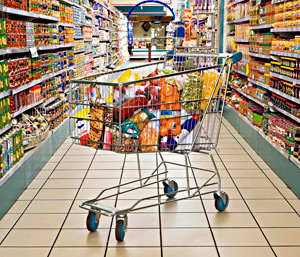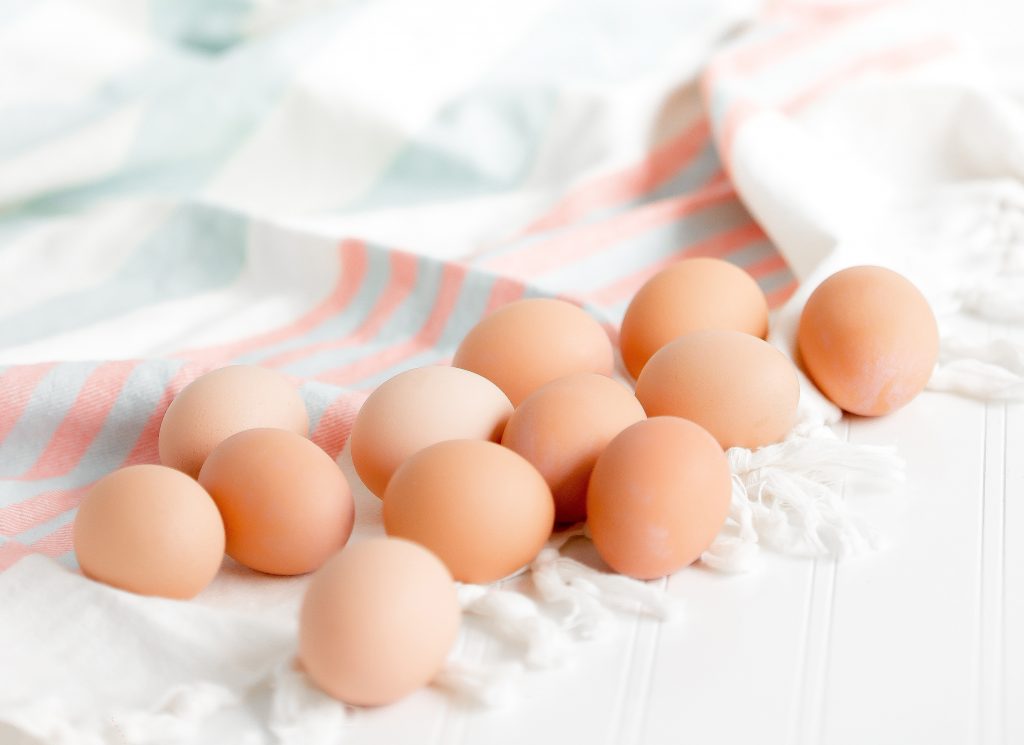But even more pressingly, do you know how to eat well during the inevitable post-storm power outages in your neighborhood?
In my experience, while the power company spends its energies hooking up more important buildings like schools and hospitals, I spend at least the first day in the dark. That means encouraging my family to eat ice cream before it melts and cooking hot dogs over a fire. The fridge’s cold air is fading fast and it can only be opened on a strict schedule: whenever every member of the family is simultaneously dying of hunger. By the second day, the refrigerator’s cooling powers have failed entirely. The now useless box begins to stink of rot and breakfast is served at the doughnut store. In fact, every meal is either pizza or donuts until the electric company decides to grace my street with their omnipotent presence. Although a power outage is a kid’s culinary dream, it can be an adult’s nightmare.

Yet, with a little knowledge and planning, you can actually cook delicious meals without a refrigerator. After living on boats for almost four years with no or limited electricity, I have learned it is possible to eat like a gourmet without ice.
- Get a gas stove: With a gas-powered stove, you can heat basics like hot water even when there’s no electricity. Boiled water will be vital after the apocalypse when there is no clean, running water. Just kidding.. sort of. If your main stove is electric, a small camp stove with a propane tank will suffice for roughing it during a power outage.
- Eggs Eggs Eggs!!! Eggs don’t need to be refrigerated! Eggs can last up to a month at room temperature. You do need to turn them over every day to coat the insides of the shell with yolk. Otherwise, the shells will become brittle and crack more easily. If they smell bad, or are cracked toss them.
- Canned Food: Canned beans and veggies are a great way to store food. These can go great in soups, chilies, and stews, or make a nice addition to salad. Be sure to have a non-electric can opener.
- Fresh Vegetables: Many vegetables do not need refrigeration. Root vegetables such as onions, carrots, and potatoes can last for weeks in a cool, dark area. More perishable vegetables, like tomatoes and zucchini, can last a week in room temperature conditions. Tomatoes even taste better when they’re not refrigerated. Use your judgement when storing food. Of course, vegetables will last longer in cool, dark places. If you live in Alaska, your food will last longer than in Jamaica. I would recommend going vegetable shopping twice a week to keep up a rotation of your stores. Now you can make onion, garlic, and tomato egg omelets!
- Fresh Fruit: Most fruits do not need refrigeration. Apples, bananas, and oranges will all do fine for weeks without refrigeration. Store apples away from other fruits, however, because they have a tendency to cause other produce to decay more rapidly. Berries and peaches will last a few days without refrigeration. Don’t eat if they are moldy! Again, shop for these more perishable fruits a few times a week.
- Dairy Products: Butter can last weeks without refrigeration. Monitor the butter for spoil. To encourage your cheese to last indefinitely out of the fridge, wrap hard cheeses in vinegar and cheese cloths. This may prolong the life of your cheese.
- Rice: and other grains are perfect when you have limited power. If you have your gas stove, you can cook up a pot of rice, and add some of your fresh veggies for a great dinner.
- Become a Vegetarian: I would not advise storing meat when you do not have refrigeration or an ice box. If you must have meat, cured sausages such as charcuterie will keep without refrigeration. Canned fish is a great way to add protein. If you really enjoy the 19th century lifestyle, salted cod will also keep. Soak the dried, salted fillet in water for a day, and you will have fresh, desalted, re-hydrated fish.
- Beverages: Wine and beer store nicely and will go well with your preserved cheese! Enjoy your next power outage in French style!
Please use your own judgement when consuming any food. These are techniques the author has found useful. The author is not liable for any illnesses you may experience due to eating non refrigerated food.
Source: Off The Blueprint





